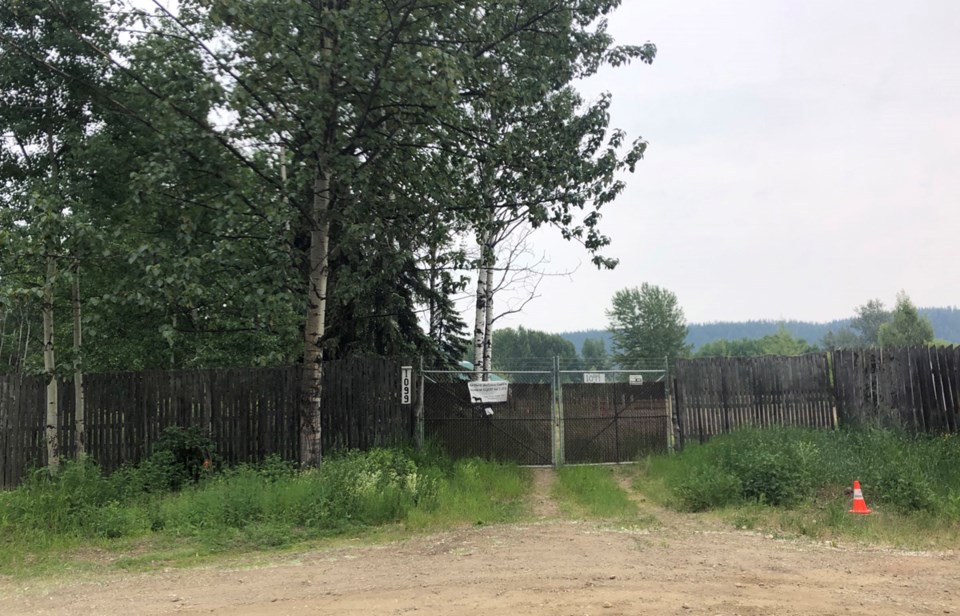Last week, the Citizen ran a story about a collection of groups requesting the city purchase Queensway Farm for the community and hold it for future generations for food security.
The Queensway Farm is located along the Hudson’s Bay wetland and is one of the last farms in the Bowl area, currently owned by Ed and Lynn Gilliard.
Forget the megaparks and roundabouts. This is where the value for money is.
We’ve lost a lot of agricultural expertise in our region. With the passing of John Ryser, the closure of the Experimental Farm, and the dramatic decline of our food security, it’s time we come together as a community to maintain this heritage with an eye on the future.
Maybe taxpayers would be better off thinking of this farm as something like investing in a museum.
But not a museum in the traditional sense. What I mean is a living, working testament to that crazy time in history when we actually grew our own food! When potato kings like John Ryser were winning potato seed championships year after year, 13 in total. When we not only made our own ice-cream (Frozen Paddle still does this) but we supplied the entire north with dairy and egg products.
It would be a great place to learn about farming in the region, get people involved in the industry, and inspire people to grow food.
A problem with agriculture today is it has left the local, human-scaled model behind. Maybe too far behind. Big operations with their biotech, GPS tractors and pesticides have reduced the Canadian farmer to just 2% of the population. The average Canadian farmer isn’t really even a farmer anymore. They are more like a chemical company employee.
Maintaining the Queensway Farm reminds us of the efficiency and simplicity of the old days.
Fellow columnist and PG old-timer Eric Allen remembers one of the farms on the river below the cemetery. There were giant root cellars built into the side of the hill for preservation (caverns that may still exist) and students from PGSS and locals were employed to tend the crops, he said.
Student labour could come in handy come weeding time, as I would hope, and I’m told the Gilliard’s are adamant about that this would be a chemical-free operation.
Now I know, we have lots of farmland outside the Bowl, and governments should keep their noses out of the farming business and all that, but this would be so much more than that.
And it’s a great deal. It’s less than half the cost of the $1.6 million roundabout we are building at the end of Foothills, which nobody seemed to bat an eye at.
Heck, the way the price of food is going, it might even make money.
James Steidle is a Prince George writer.



